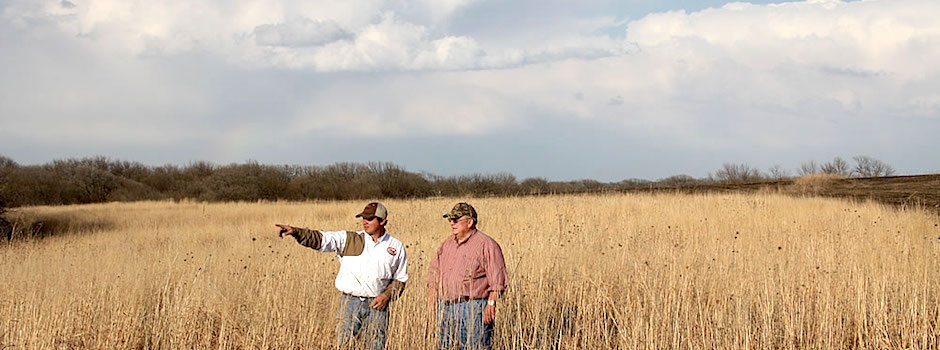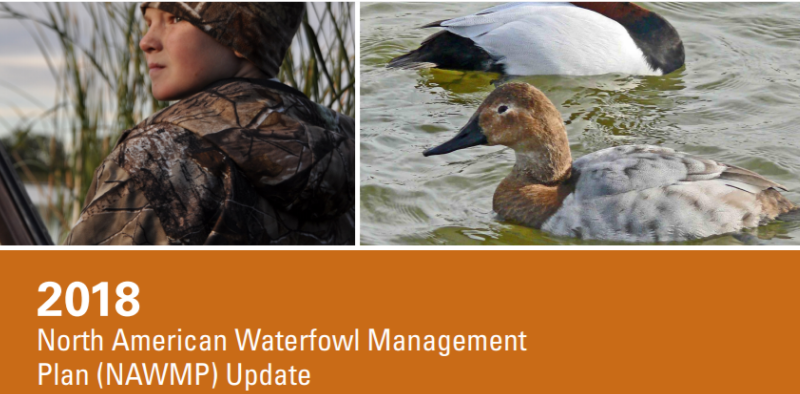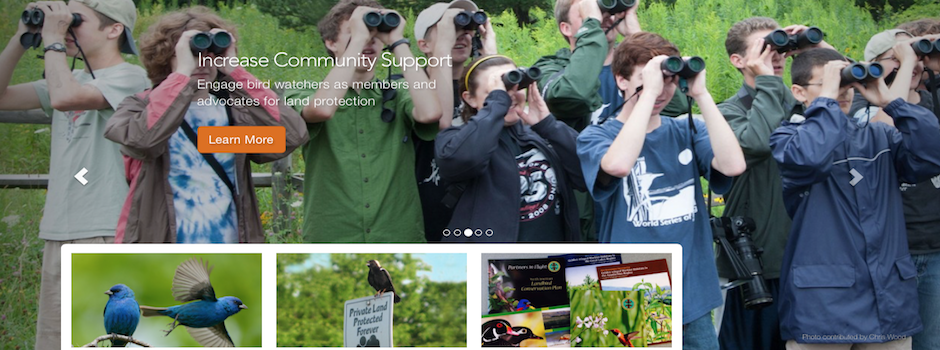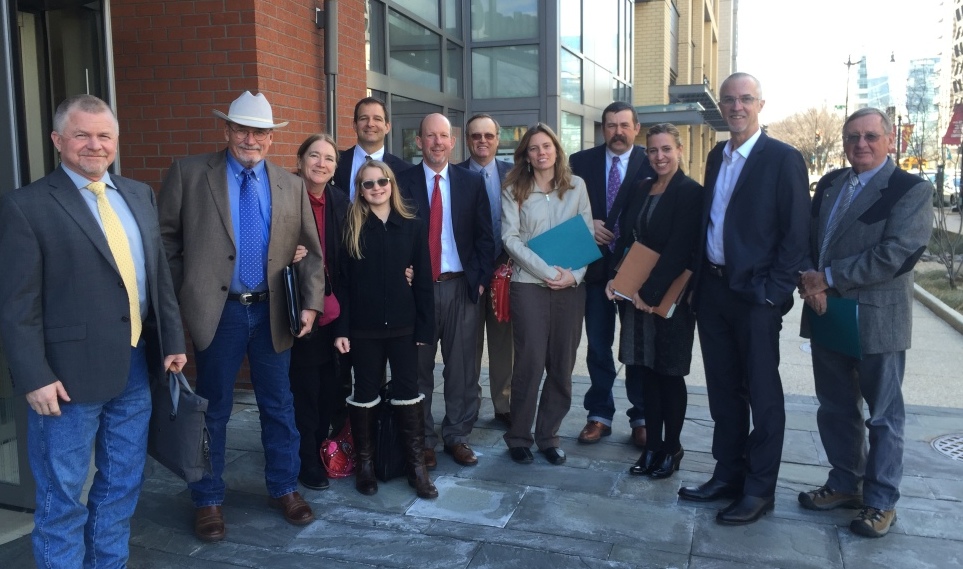What drives landowner decisions to re-enroll in or exit the USDA Conservation Reserve Program (CRP)? What happens on fields that are not re-enrolled in the program? A new study report brings together data from 700 survey responses, 3 focus groups in 3 states, 27 landowner interviews, and 3.5 months of observational field research to provide insight into these questions, as well as the relationships between landowners’ attitudes, experiences, and motivations and their land management decisions.
For the past two years, human dimensions researchers at Virginia Tech have been working with Bird Conservancy of the Rockies, Playa Lakes Joint Venture (PLJV), USDA Farm Service Agency, and U.S. Geological Survey to conduct a study looking at behavior and motivations of current and past CRP participants within the PLJV region. While the program has created substantial habitat for birds and other wildlife species by providing landowners with a financial incentive to remove marginal land from agricultural production and establish grasslands, the declining number of acres enrolled over the last decade raise concerns about the fate of these grasslands once incentives end.
“The PLJV region is extremely important to CRP, both in acres we have and also in the resource value and protection provided by these acres. This study, coupled with our own work, will help us better understand what landowners think about CRP and allow the PLJV partnership to greatly improve conservation delivery,” says Mike Carter, PLJV Coordinator.
The report also provides insights into the influence of social contexts and resource availability on post-CRP land management and how the design and delivery of CRP might be aligned with landowner priorities in order to generate enduring benefits for birds and people. View and download the full report.






